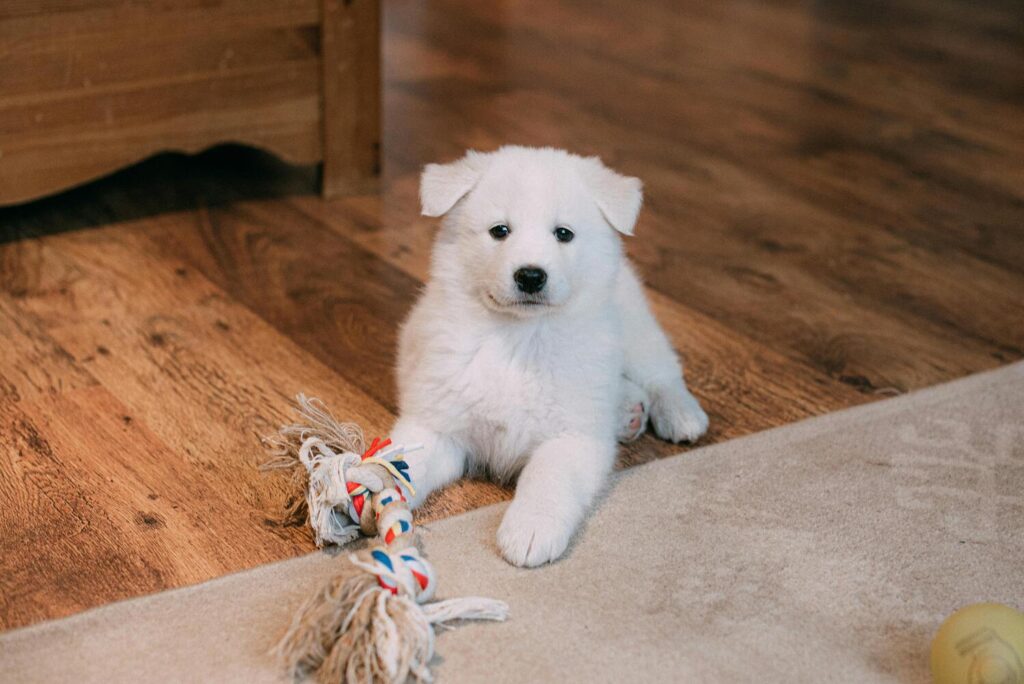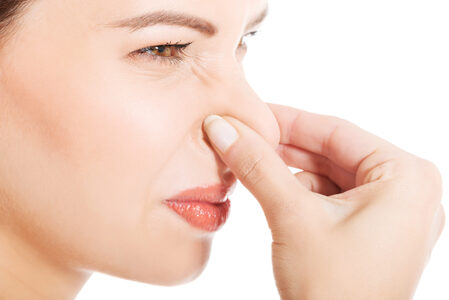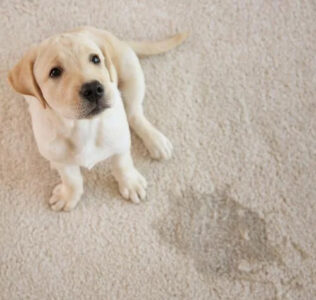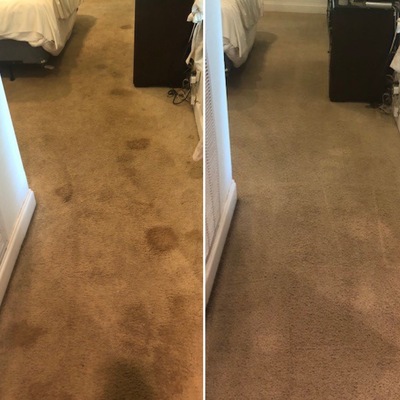
Pro-Care is Cookeville’s Pet Odor Removal Specialist!
Understanding How Pet Urine Affects Your Soft Surfaces

Pet urine, whether from dogs or cats, can cause lasting damage to your floors and fabrics, as well as create an unhealthy indoor environment.
When urine initially contacts a surface, it has an acidic pH of around 5 or 6, making it easier to remove while fresh. However, as it dries, the pH shifts to an alkaline range of 10 to 12, making removal much more challenging.
In its acidic state, urine creates a perfect environment for bacteria growth. It also begins to oxidize and react with carpets and fabrics, leading to discoloration. If not addressed immediately, this damage can become permanent. Over time, urine can alter the dye structure of your carpets or fabrics, causing stubborn, irreversible staining.
At Pro-Care, our team is highly trained in urine remediation—whether it’s a fresh incident or an older stain that has turned alkaline.
Why Does Pet Urine Have Such a Strong Smell?

There are two sources of odors associated with urine. The first source is the bacteria.
- Bacteria multiplies quickly in dark warm places like urine puddles which offer a never-ending food source.
- The combination of bacterial growth and the breakdown of the urine creates amino acids. These complex organic compounds will often work deep into the fibers to a point of becoming part of the fiber.
- The waste materials and gases from the decomposing urine create an unpleasant odor.
- When dried urine is remoistened, it gives off an ammonia gas and an unforgettably terrible smell.
The second source of odor is chemical odor that is present even when the bacteria have been killed.
- This is the reason that it is necessary to neutralize odors from urine in addition to sanitizing the area.
- The salts and crystals that are left behind as the urine dries are hydrophilic and draw water to them.
- Dried urine is often easy to smell in the humid months because the salts attract the moisture, the moisture evaporates putting out a greater proportion of odorous ammonia gas.
5 Tips for Pet Spot Removal

- If the urine is fresh, remove as much you can with a small wet vac or spot removal machine.
- Apply Pro-Care’s Spot Pro, wait, then pour a cup of warm water on the spot. (If the stain is over 24 hours old, apply the Spot Pro up front then add that cup of warm water.)
- Use your machine of choice to suck out as much liquid as possible.
- Dry the carpet by blotting with a towel – never scrub or rub, since this damages carpet.
- If the urine spot has sat overnight, mix 1 part white distilled vinegar with 2 parts water and apply to the spot. Afterwards, rinse with warm water and vacuum away. Skip this step if the urine is fresh.
The Best Cleaning Agents For Urine
Enzymes are the best cleaning agent for urine, vomit and feces. An enzyme is the only cleaning agent that actually eats up the bad bacteria. Rinse the spot first then apply the enzyme. Always read the directions before use!
Products to Avoid
Try to stay away from products with high pH such as ammonia, “Resolve” and oxygen bleaches. In some instances the use of the wrong product can cause the urine stain to be permanent. Call us for product suggestions.
How Professionals Remove Odor
Remember, in order to remove the odor, all of the alkaline salt deposits the urine leaves behind must be completely removed. This can be quite extensive and time consuming. In worse cases, all of the following steps will be done. When damage is not so bad a few steps are left out.

- Step 1: Pull up carpet.
- Step 2: Remove affected pad.
- Step 3: Clean back of carpet.
- Step 4: Treat floor with an enzyme treatment.
- Step 5: Seal floor if needed with an odor barrier.
- Step 6: Treat back of carpet with enzyme treatment.
- Step 7: Install new tack strip.
- Step 8: Install new pad.
- Step 9: Re-install carpet.
- Step 10: Clean carpet.
- Step 11: Topically apply enzyme.
Disclaimer: Use these techniques at your own risk. Always read directions on any spotter before using. Pre-test each spotter in an inconspicuous area before using. If the stain or odor persists, call Pro-Care.
